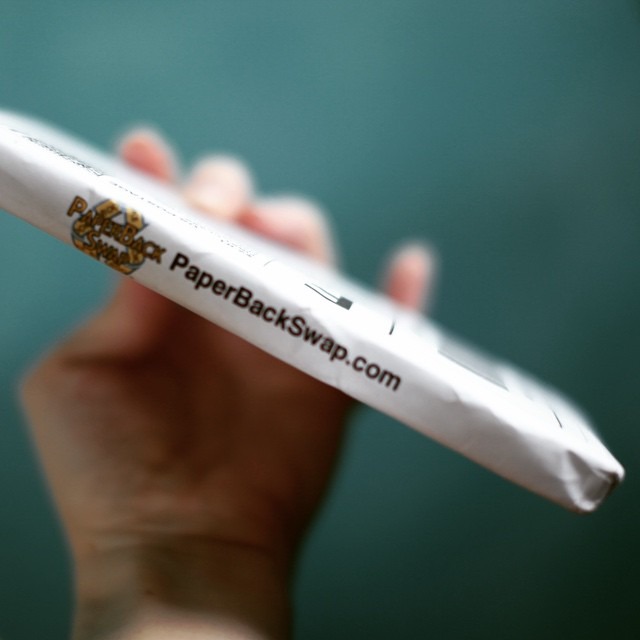I’m sure that you’ve probably heard of Paperback Swap by now, but I just had to share about it in case you haven’t. I love swapping books and finding things that our local libraries don’t carry. Ever notice how hard it is to find good books that are recommended by your history curriculum these days? It’s like the public library is actually trying to erase the memory of them. I know it’s not just me thinking it.
I love a good book. I love the way an old book smells. I love seeing my kids reading books. Despite all the newest technology, I just can’t get in to reading on a screen unless I HAVE to.
If you are looking to save a few bucks on reading material, paperback swap is awesome. Often times it is as cheap as garage-sale-ing and you don’t have to waste gas money, break a sweat, sort through other people’s junk, or haggle with them over what it’s worth.
The trick to finding and procuring good books using this method is a little advanced planning. What I do each year is getting my history spine and flipping through to add all the books I want to my wish list. This puts me in queue for the book the next time a copy comes available. You can also “tag” your books by a certain keyword (such as “MOH 3” or “Biblioplan Early Modern” or “KONOS” or “Ambleside 11th” – whatever you are searching for).
As the books on your wish list come available, you will get an email from Paperback Swap that will ask if you want the book. If you have the Standard Membership (upgraded from the free or “ala-carte” membership), you can have up to 200 items on your wish list at any given time (and you get 30 free swaps – after 30 you just pay .49 cents per swap). It only costs 12$ a year for this, and I have been on this plan for a while, but will have to upgrade this year as I add my next Early Modern history book list to my wish list. The next plan up is 20$ for a year and will give me a 500 book limit (and unlimited free swapping, so all you’ll ever have to worry about is postage, not fees on swaps).
As far as the expense, the only out of pocket for the most part is postage – until you reach your “free swap” limit. The free program only gives you two free swaps, so you’ll have to pay 49 cents per swap after that.
You list the books on your bookshelves that are collecting dust and you don’t want any more, and others request them from you via an email sent by the system. For every book you send, you get a free credit to order whatever book you want. The other person shipping pays your postage. On average it costs anywhere from 3$ to 7$ to ship a book, depending on the size, weight, and whether you purchase shipping/packing materials. Often times people print the address label page that Paperback Swap offers and just wrap the book in cellophane and then cover it with the paper and tape it up and mail it. Most of the time, I also purchase a mailer, which costs me another buck or so. I’d rather err on the side of protecting the book.
The only downside is that some people do not allow books with any markings, wear and tear, or damage – so you might have a few books that won’t meet specifications. I mailed a textbook to someone earlier this year and she found some writing in it and didn’t give me credit for it, which was a bummer, since it was heavier than a paperback and cost me more shipping. I’m OK with a little loss like that once in a while, though, because I’m saving loads over Amazon prices for books that I desperately need in my homeschool library.
I have gotten at least twenty books over the past year from Paperback Swap. I have sent only half that many, but plan to purge more books off my shelves this summer. The more homeschoolers I can talk in to joining up, the more GOOD BOOK selection I’ll eventually have! I would much rather have your books that you don’t want than you giving them to Good Will!
So what are you waiting on? Become a book swapping homeschool mama like me! Bibliophiles UNITE!

